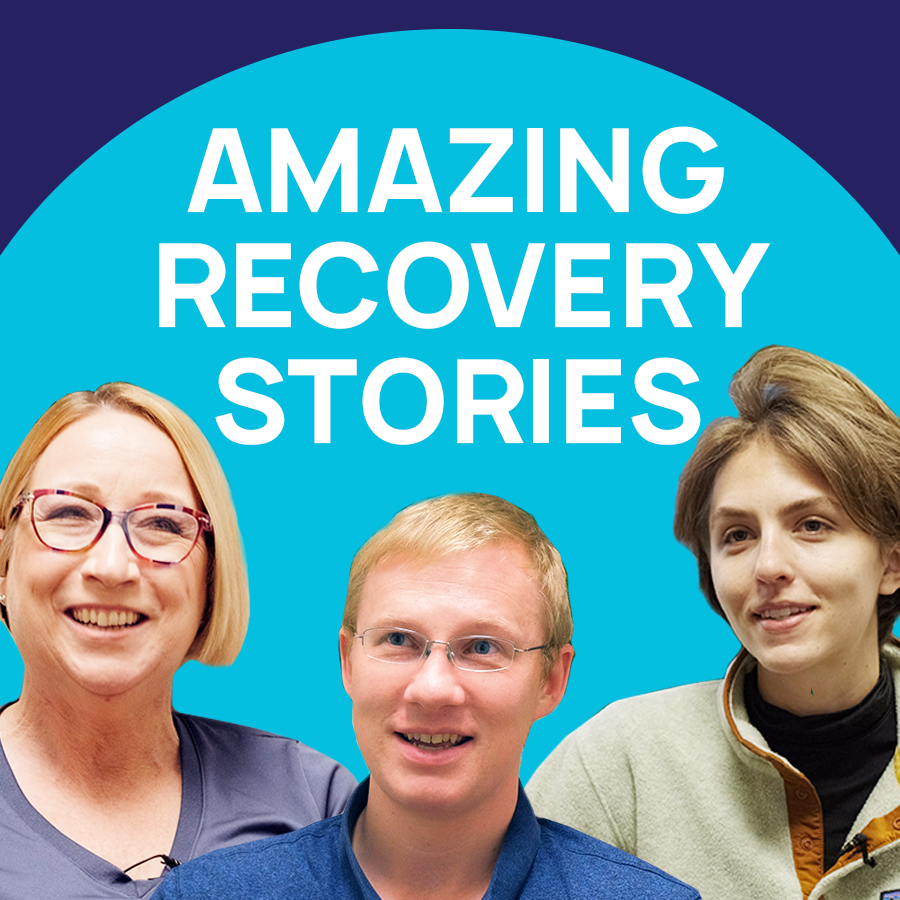Proven Treatment Results
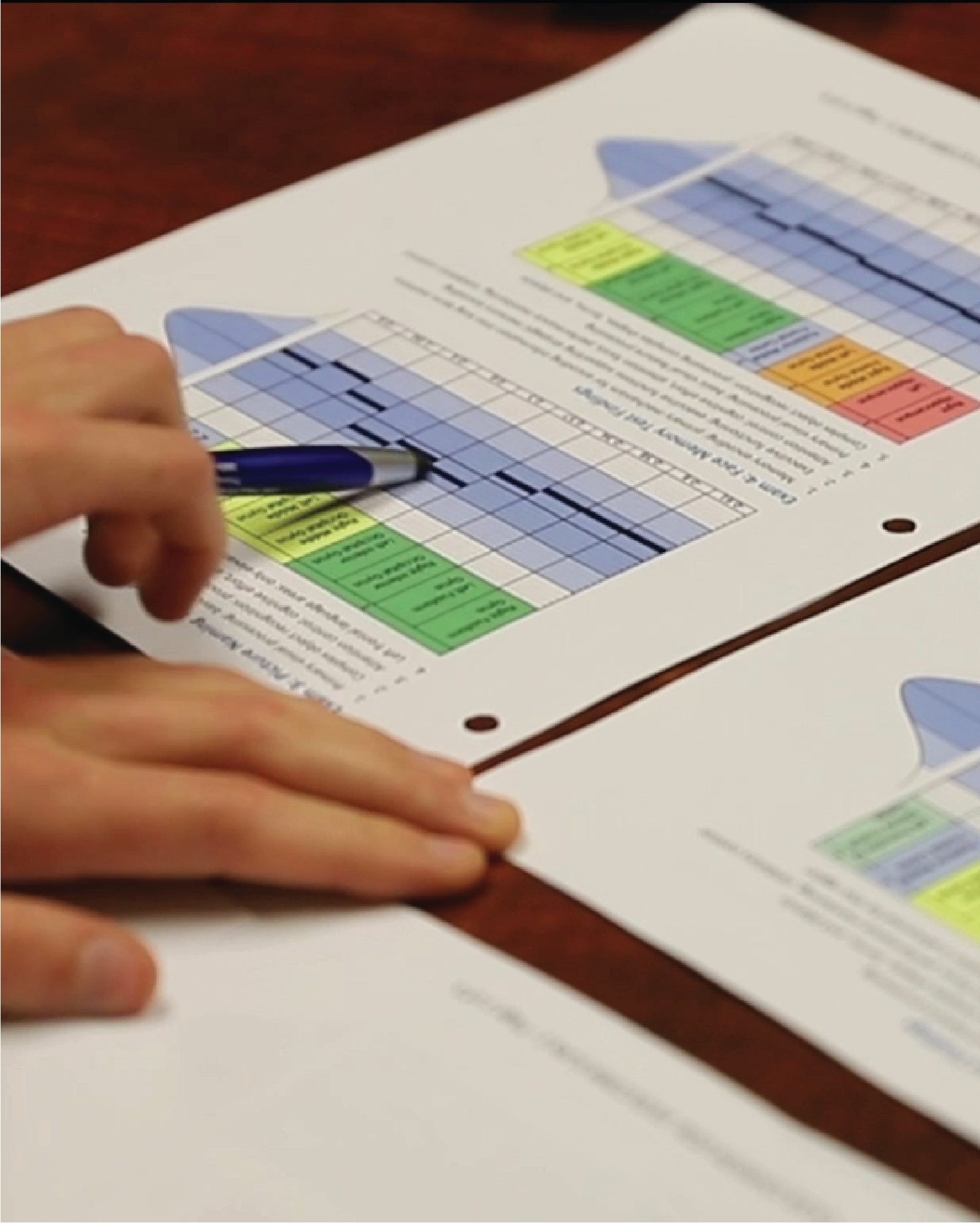
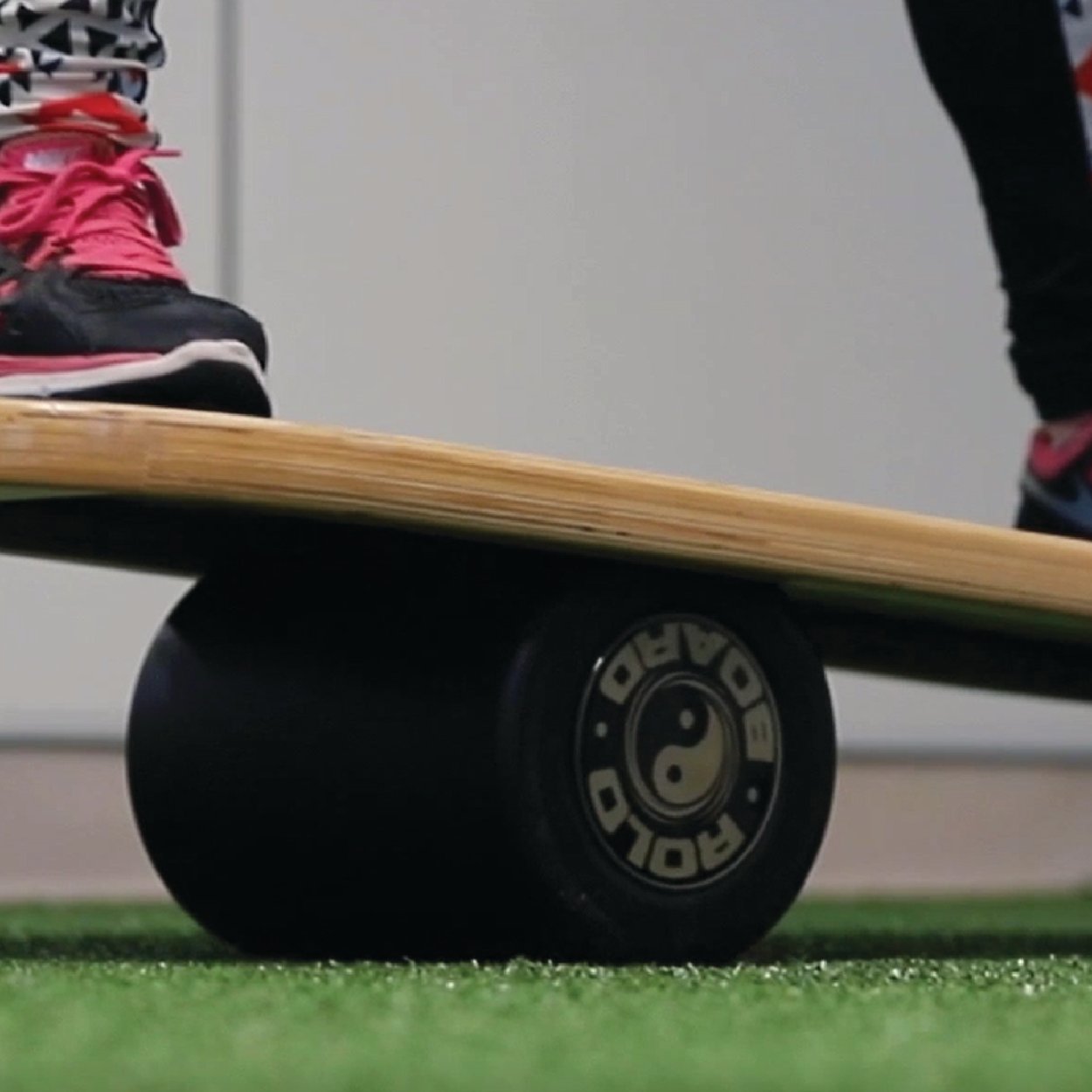
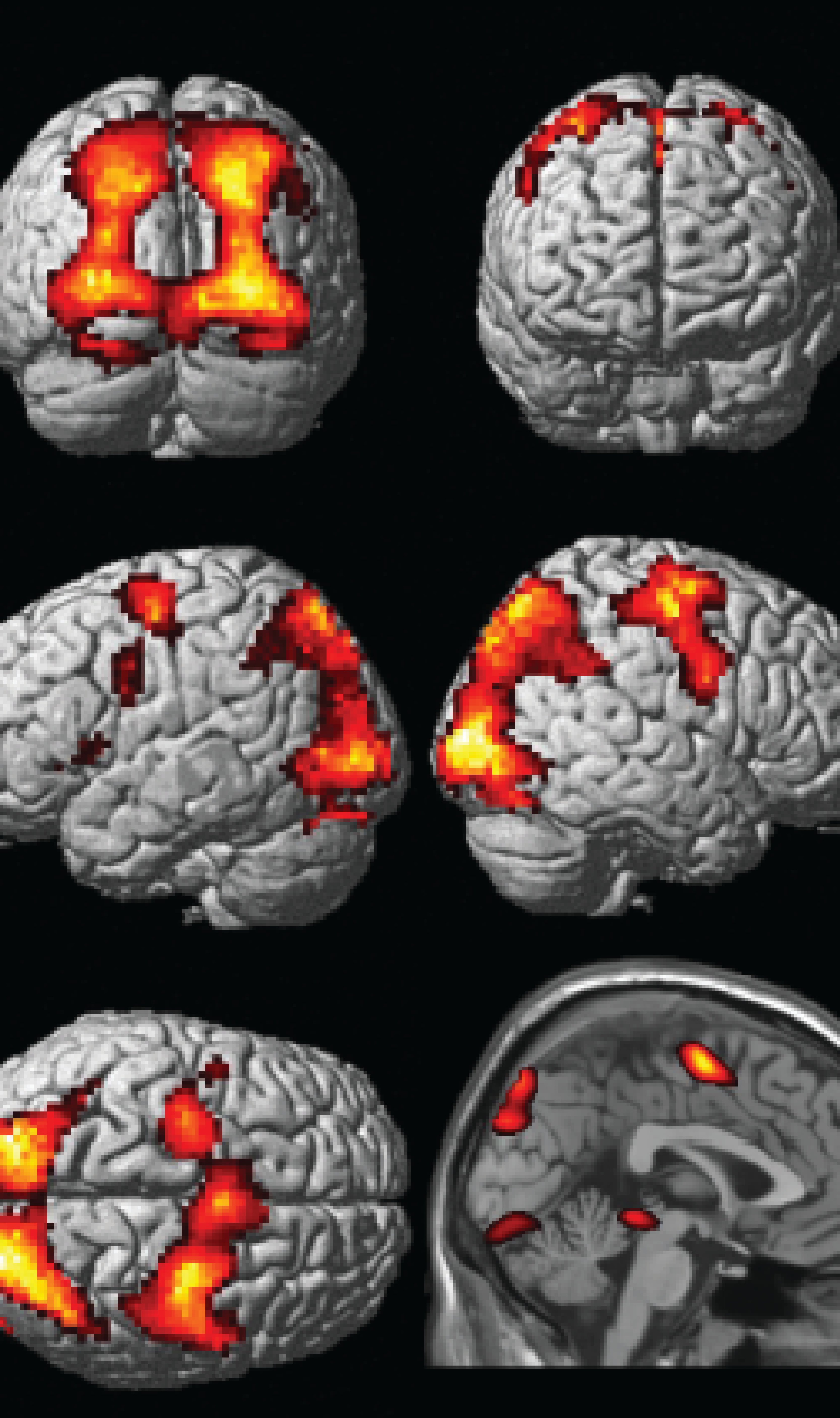
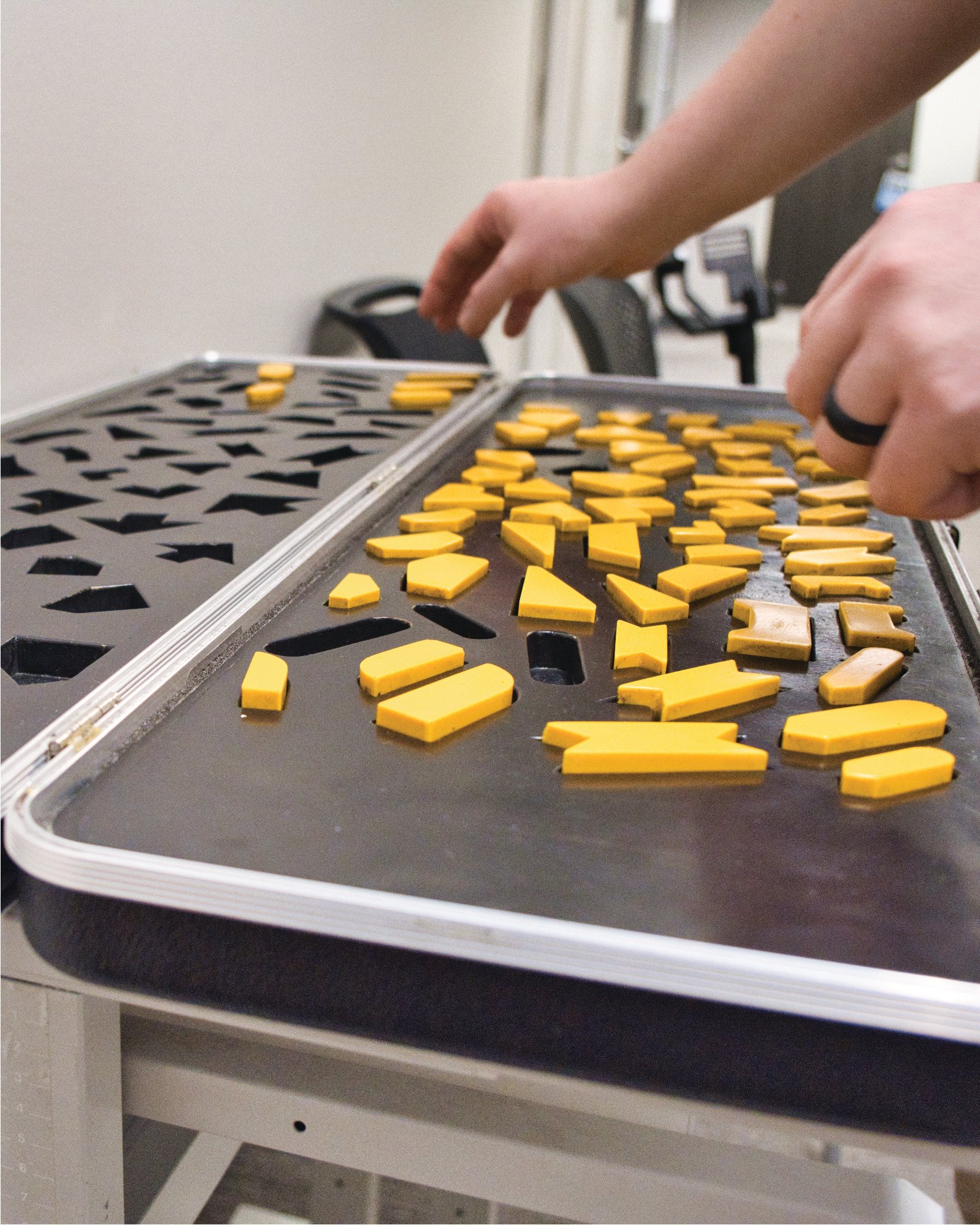
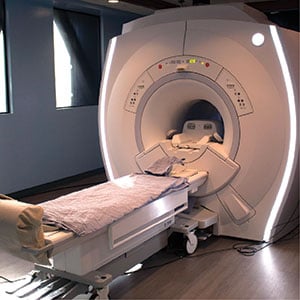
Cognitive FX has years of research and data collection that governs our treatment protocols and leads to the success of our patients.





Proven Results
Patients' Symptoms
On average our 90% of our patients see improvement in their reported symptoms.
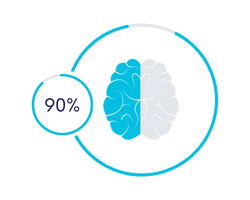
Symptom Improvement
On average patients symptoms decrease by 60% at the end of EPIC treatment.
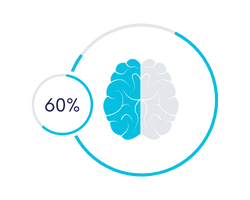
How we measure success
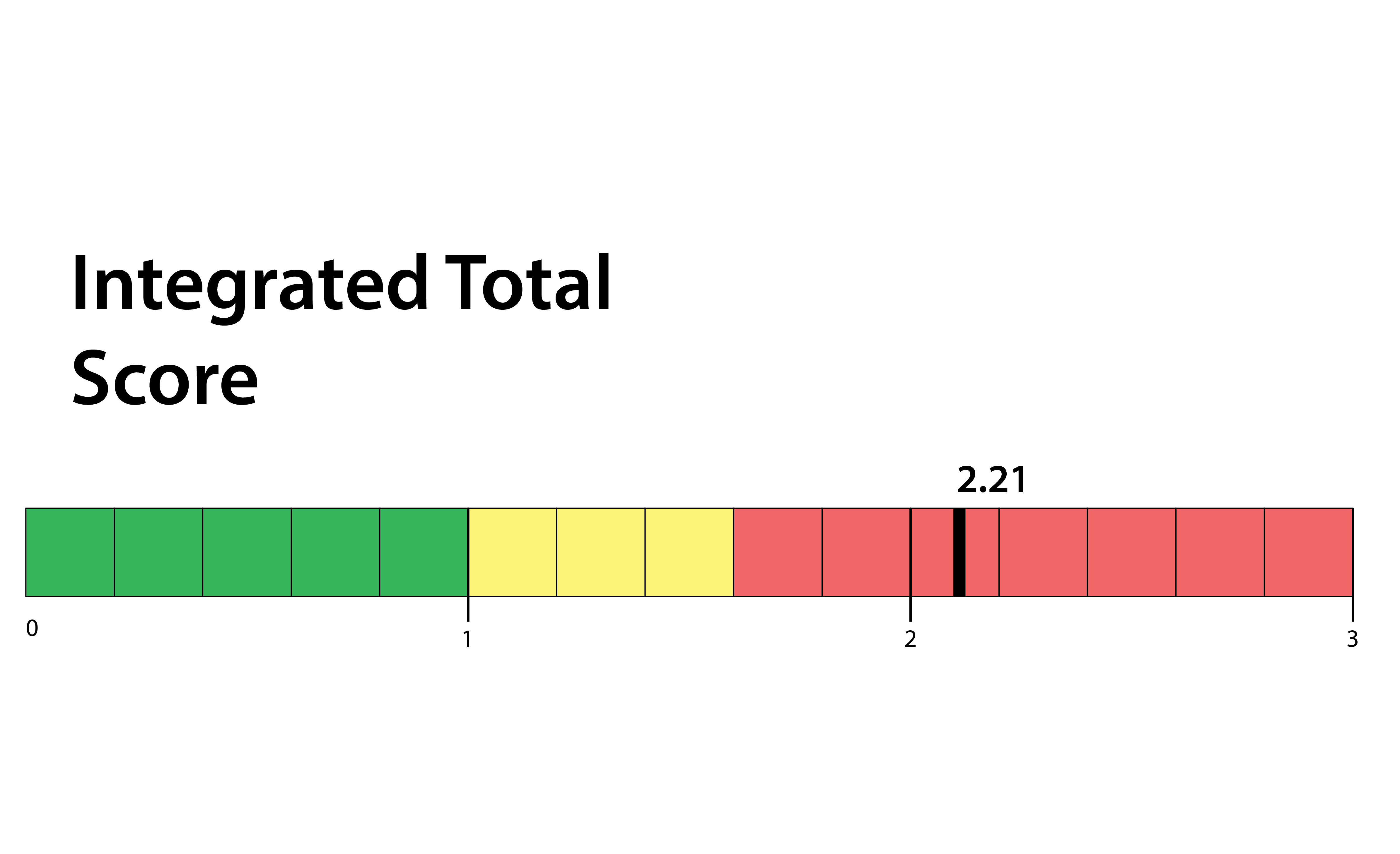
Take a "Before" Picture
Before treatment, each patient receives an fNCI to discover which areas of their brain are not working correctly. This scan is like a “before” picture of your brain that we use to calculate a general Severity Index Score (SIS) or Integrated Total Score. The zero (bottom of the green area) marks the average for individuals with no brain injury. The further away the score is from 0, the harder the brain must work to accomplish “normal” tasks and often the more severe the symptoms. At the end of treatment, we do a follow-up fNCI to measure improvement for each patient.
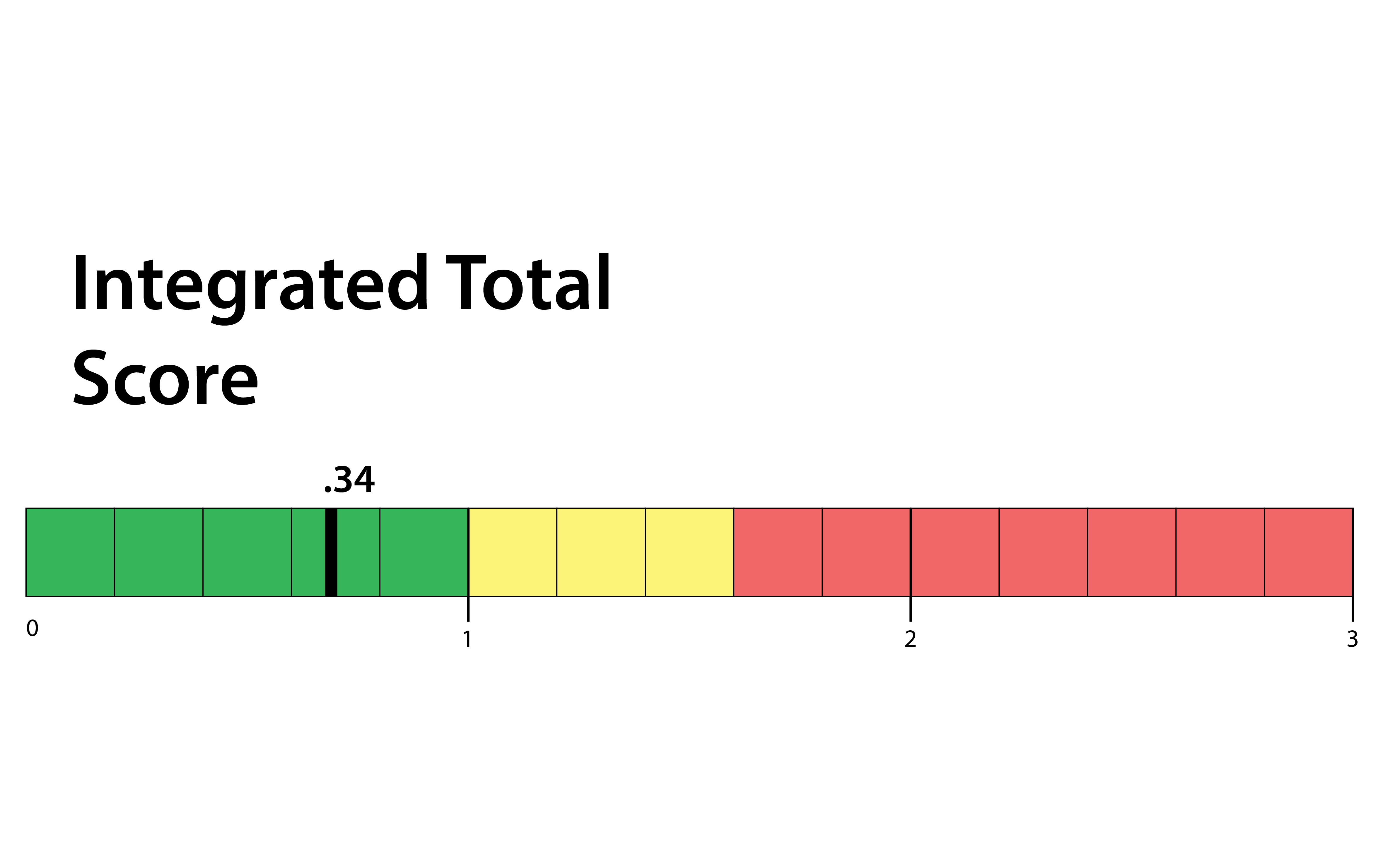
Evaluate Functional Improvement
After undergoing intensive treatment based upon your fNCI results, patients receive another fNCI to track your improvement. Because treatment targets underperforming areas of the brain, the "after" picture shows significant improvement in how your brain functions. On average, patients improve by 75% from their initial Severity Index Score or Integrated Total Score.
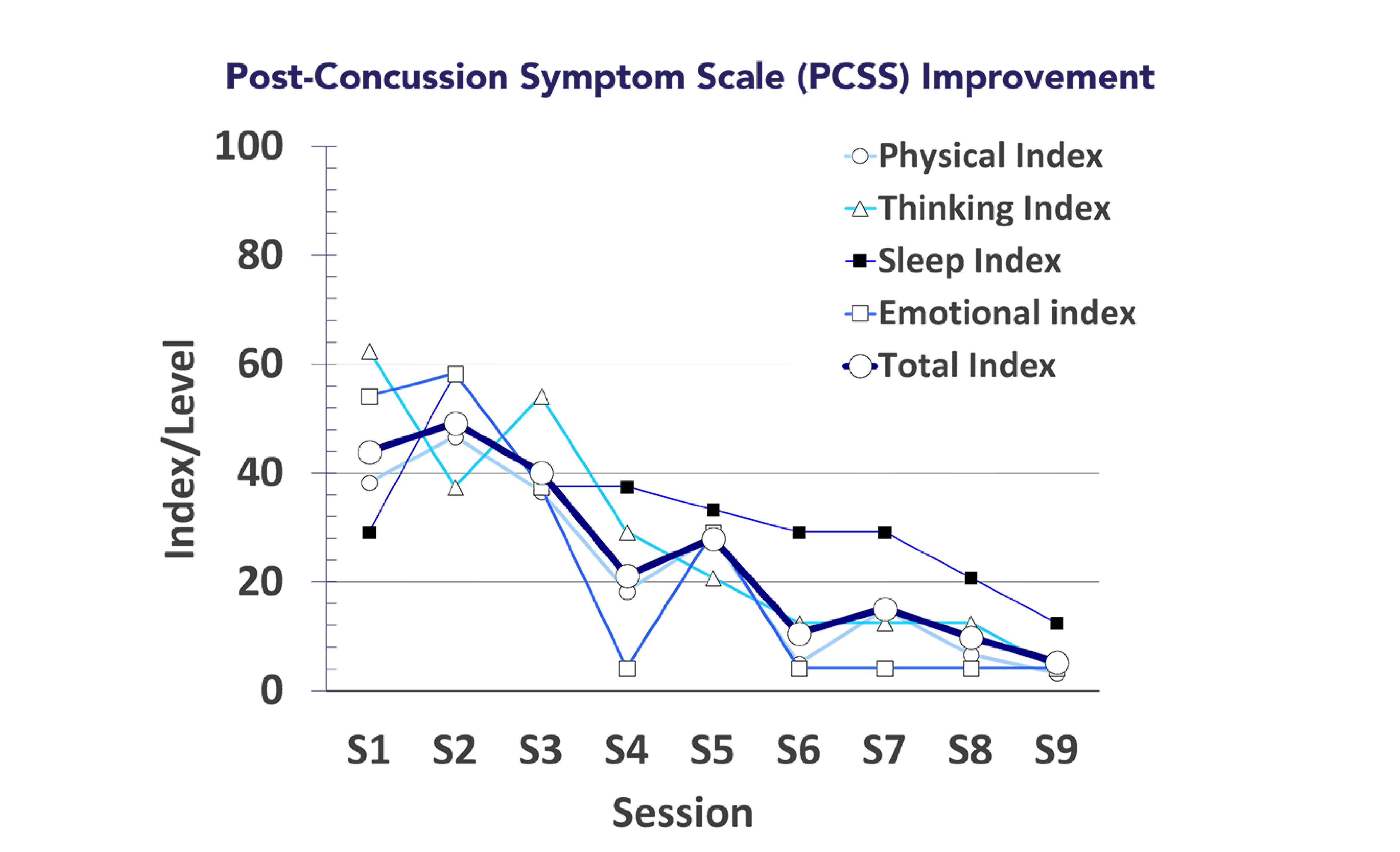
Self-Reported Symptom Improvement
Your concussion symptoms are tracked and reported each day of treatment through the Post-Concussion Symptoms Scale (PCSS). This scale tracks emotional, thinking, physical, and sleep related symptoms. After treatment, patients receive a graph showing you symptom improvement. On average, patients report a 60% decrease in their symptoms.
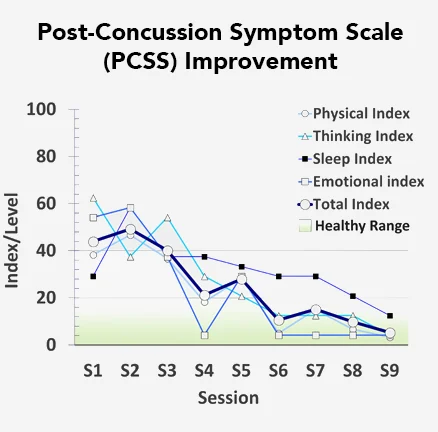
Your concussion symptoms are tracked and reported each day of treatment through the Post-Concussion Symptoms Scale (PCSS). This scale tracks emotional, thinking, physical, and sleep related symptoms. After treatment, patients receive a graph showing you symptom improvement. On average, patients report a 60% decrease in their symptoms.
Patient Stories
.png)
.png)
.png)
.png)
Amanda had initially suffered a concussion while serving in the US Navy, and since than had had multiple concussions from her very active lifestyle. Amanda has gone from specialist to specialist searching for a resolution to her post-concussion syndrome to no avail. That is, until she found Cognitive FX.
Amanda
Past Patient, Navy Veteran
Hanna had 4 concussions throughout her life, with two very significant ones that really altered her life. Hanna has gone from specialist to specialist searching for a resolution to her post-concussion syndrome to no avail. That is until she found Cognitive FX.
Hanna
Past Patient, Artist & Writer
Russel had an accident that resulted in him getting a concussion that ultimately changed his life. Russel's attitude and mood changed dramatically and caused a lot of issues in his business and personal life. This was very alarming for Russel. Luckily, Russel has a good friend that referred him to Cognitive FX where he was treated for Post-Concussion Syndrome, and has since made a remarkable recovery!
Russell
Past Patient, Business Owner
Melanie had 8 concussions throughout her life. Melanie started having seizures and none of her doctors thought that it could have been caused by her concussions. Luckily she had a miracle encounter with Dr. Fong that led to her having another miracle with her treatment!
